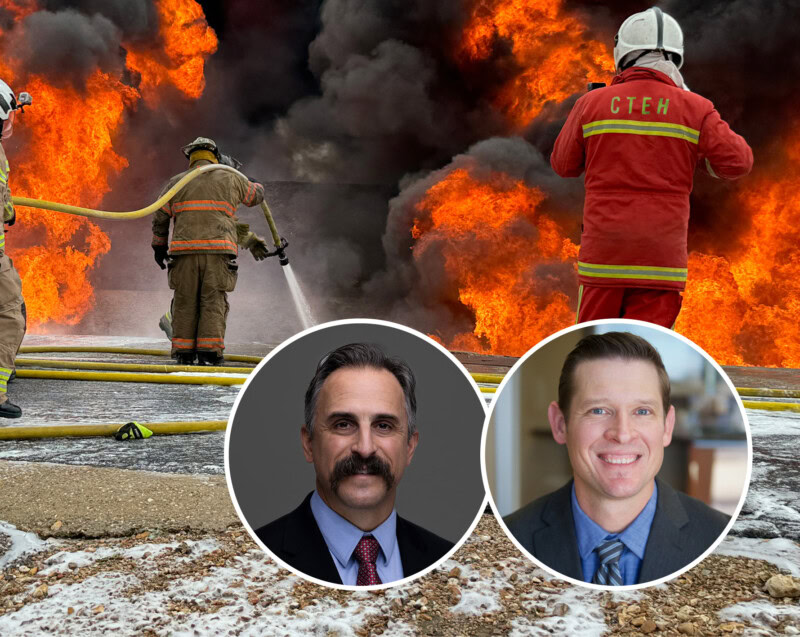When a train derails or a factory catches fire, news coverage almost always focuses (and rightly so) on what dangers workers and the surrounding community will face from chemicals released during the incident. As with any breaking news coverage, there is precious little time to offer a detailed explanation of the substances or circumstances involved or to provide the public with a broader understanding of how scientists and first-responders deal with these situations.
“The most important concept for people to understand is that it’s the dose that matters,” explains CTEH Partner and Principal Toxicologist Dr. Phil Goad. “Toxicity is based on the dose – or exposure – a living organism receives. The mere fact of exposure does not mean that harm is being done.”
Goad says that the simple definition of the science of toxicology is “the study of the harmful effects of chemicals on living organisms.” Toxicologists, he says, must understand what happens when a chemical interacts with the body. Many (but not all) times, exposures lead to specific warning signs long before the level of exposure can cause permanent harm.
Sometimes the hazards involved with a particular substance aren’t specifically related to toxicity – or a ‘poisonous’ effect – but, rather, what other reactions they can cause when accidently released, such as fires or vapor build-up. In some cases, for instance, a substance that catches fire can release fine particles in the air that can, at certain levels, cause breathing difficulty, particularly for more sensitive members of the community, such as asthmatics.
Goad points out several other facts that will help people better understand the science behind chemical incidents and accident response:
•There is a broad misconception that if a substance is “natural” or naturally occurring, it’s not a chemical or that if it’s “natural,” it’s not harmful. In reality, many of the most dangerous chemicals – botulinum toxin, ricin, cyanide and strychnine – occur naturally in nature.
•Some of the most common chemical hazards people face are not from plant or train accidents, but household items. Children overdosing on over-the-counter drugs or accidentally ingesting household cleaners is all too common. Chlorine and ammonia found in household cleaning products can cause irritation if mishandled or not used properly.
•Regulations that govern the safety of our air, drinking water and surface water (lakes, streams and so forth) are generally based on the science of toxicology. The guidelines and acceptable levels in place are based on the fact that chemicals at certain levels can cause harm, but at other levels they do not.




